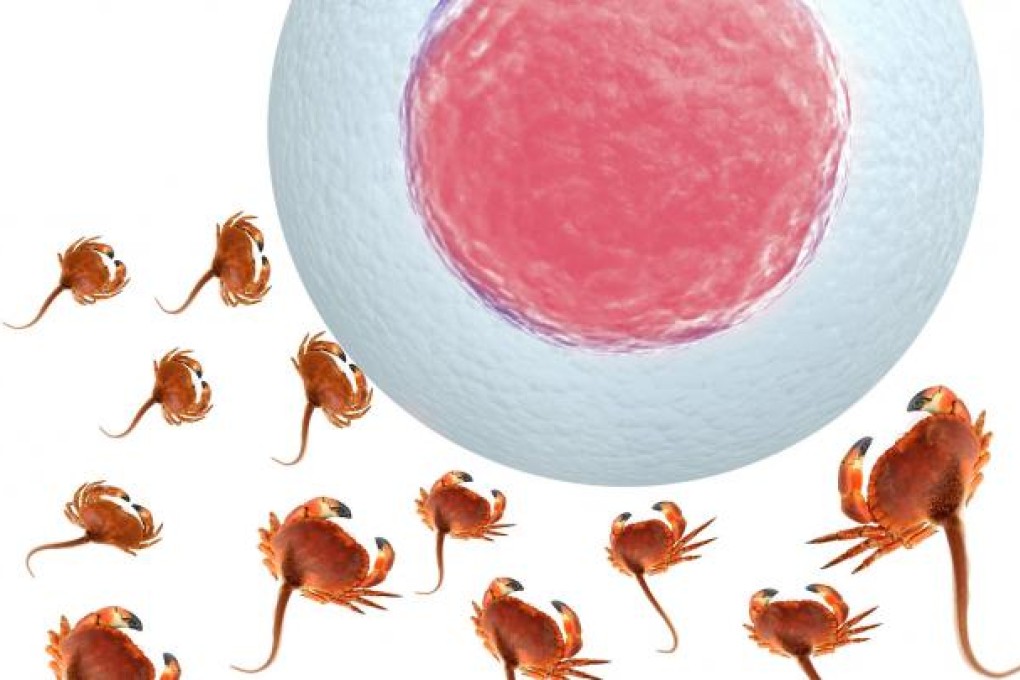
Of all the thousands of food columns I've written over the years, none has prompted more teasing by my friends than when I used the word "sperm". I wasn't being rude or pornographic; it, like everything else in my columns, was in reference to food, specifically shirako. This is euphemistically known as "white children", "soft roe", "male roe" and milt - but, to put it bluntly, it's fish sperm.
A lot of my friends - especially the male ones - say they want nothing to do with sperm, but let's face the facts: if you've eaten hairy crab, chances are that you've eaten sperm. Do you really believe the waiter when he advises you to order the male crabs because their "roe" is softer? Think back to your basic anatomy classes: males don't have roe. Actually, if you've eaten any crab at all, you've probably consumed sperm, at least if you tasted the soft, gooey bits in the body. In some areas of the world, it's illegal to harvest female crabs because they make baby crabs (which lead to the continuation of the species) but it's fine to catch and eat the males, because relatively few of them are needed to fertilise the eggs. Most of the crabs we eat - including the typhoon shelter crabs at restaurants in Wan Chai, or the steamed flower crabs served in Chiu Chow eateries - are male.
Another fact for the squeamish: uni, often referred to as "sea urchin roe", is actually the gonads of that spiny sea creature.
In some cultures, eating gonads and sperm is perfectly acceptable; in many others, it's not. But why? Eggs - the female gamete - are eaten across the globe, at least the ones from poultry and fish (and even snail eggs are growing in popularity).
Sperm and gonads, though, are often viewed with horror - does it hit too close to home, gentlemen?
In any case, there are types of sperm that you can't cook at home. Crabs? Of course. Scallops? That's easy, at least if you buy them in their shells, with the "coral" still attached (with females, the roe is orange; on males it's pale pink or off-white). Uni can be found at Japanese markets.
